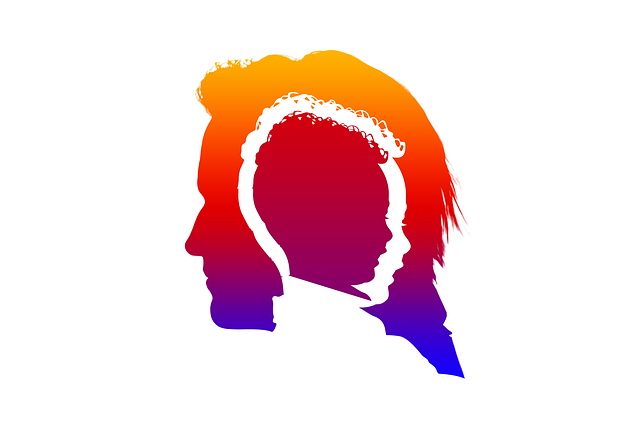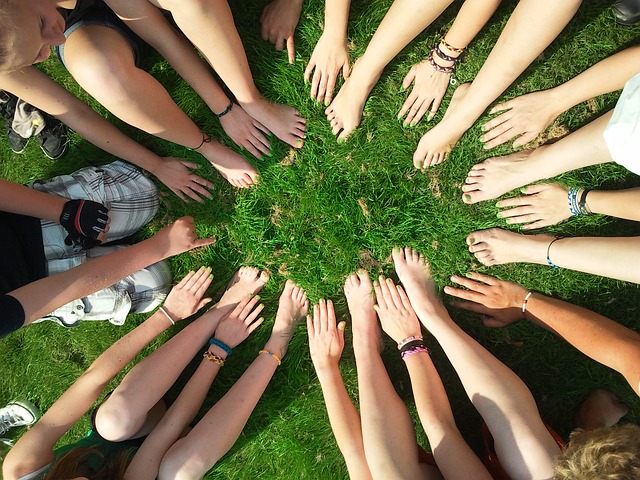Ginny Whitelaw introduced her Lead with Purpose online training program In an interview with David Riordan of Integral Life. Basically, the program is about living with purpose because it is not only about leading in an organisational setting but extends to every area of our life, including family and community. During the interview, Ginny explains in detail what the course covers, the practices employed, and the perspective offered. She particularly emphasises the non-religious orientation of the course even though it draws on Zen philosophy and is part of the many leadership development programs available through the Institute for Zen Leadership. Ginny maintains that unlike many leadership programs that are highly conceptual in nature, the Lead with Purpose program is very much about mind-body connection – it highlights the need to achieve this integration of mind and body if a leader is to achieve realisation of their ideas and purpose. Integral Life offers other enlightening interviews in their series of podcasts, as well as courses.
The influences behind the Lead with Purpose Course
Ginny brings to the course her doctoral studies in biophysics, a sound understanding of recent neuroscience research, training in and practice of Zen philosophy, training in martial arts (Aikido black belt, level 5 achieved as well as training others) and her experience as a senior manger in NASA (coordinating groups that support the International Space Station). So, her training covers mind and body and their intimate connection – and she incorporates this uniquely shaped perspective in the training course.
To Ginny, the Zen approach is about direct experience of the mind-body connection and aims to deepen and enrich this sense of connection. This is achieved in part through physical practices focused on the breath and moving focus away from analysis and obsession with using the brain to work things out. The practices are designed to centre and stabilise the energy of the body and make it available as a rich resource to pursue our life purpose.
These practices heighten our intuition and sensitivity to the body’s signals and develop our insight into our fundamental purpose in life and the pathway to pursue it. Ginny points out that our individual purpose is what differentiates each of us and our connection within and with others enables us to manifest that unique purpose in our lives, whatever arena we are operating in. She maintains that this centredness enables us to influence others effectively whether in a meeting, a public presentation, in our family relationships or when engaging with the wider community.
Some of the modern-day issues addressed in Lead with Purpose
In today’s fast paced world with ever increasing demands and rapid change on every front, we often express frustration in three main areas – (1) lack of time, (2) lack of energy and (3) inability to translate ideas into action.
- Ginny explains in the interview that the course changes our relationship to time so that we are not racing against time but are focused on the now and being fully engaged with our situation. She points out that participants in the course develop a different perspective on time and no longer see time as something separate but experience time through their continuous, personal evolution.
- Ginny addresses the lack of energy by maintaining that often we are unproductive because we get distracted from our purpose and energy gets “siphoned off’ into other pursuits. The Lead with Purpose course through its centredness in the body builds energy and enables real resonance to be achieved by a person who is leading. She explains that “as the body relaxes, energy flows”. Ginny describes four basic “energy patterns” that exist in our nervous system and that are foundational to her approach in the course. She maintains that we each prefer a particular pattern which reflects our personality (and influencing style) but we need to develop the capacity to use the “right energy at the right time” – a specific focus of the course. As we increase our internal connectedness between body and mind, we can use our heightened energy to influence externally – to manifest our dreams and purpose.
- Often our attempts to translate our ideas into action are thwarted by our internal barriers (such as negative self-talk) as well as external barriers related to organisational, personal or community readiness to change. The Lead with Purpose course creates a heightened sensitivity to what is possible, to the opportunities that open up and to a way forward in pursuit of our purpose.
Ginny explains that through the program, participants create an “intuitive connection’ with the situation in which they lead and an “empathetic connection” with their followers, collaborators or co-creators.
Clare Bowditch – a journey into leading with purpose
Clare Bowditch – singer, songwriter, and actor – is a person of exceptional talent in many arenas. She is the winner of an Aria Award as the best female vocalist and was nominated for a Logie for her acting role in the TV series, Offspring. She has won many awards, toured with famous singers like Leonard Cohen, and developed as a radio presenter and entrepreneur. She recently released her memoir, Your Own Kind of Girl: The stories we tell ourselves and what happens when we believe them. The memoir recounts an extended personal journey to find her purpose and pursue it with her total focus and centred energy.
Clare suffered numerous dark days through depression, catalysed by childhood trauma through the death of her young sister and adverse childhood experiences through her abusive treatment at school and elsewhere because she was considered “fat”. She was filled with self-doubts about her talent, fears about future events and a sense of guilt over the death of her sister and her failure to do more to save her (a totally irrational belief given that her older sister died at the age of seven from a rare and incurable disease).
Clare describes in graphic detail the self-talk that debilitated her for much of her early life and clouded her view of her life purpose. The memoir is also a story of courage, resilience and persistence in the pursuit of her life purpose. Clare adopted multiple approaches to acknowledge her true purpose, accept it and pursue it with a singular, focused energy. Her strategies included:
- Drawing on the support of her family and friends (including a “healing friend”)
- Engaging in meditation (however imperfect)
- Listening to her body and the signals it was conveying about her fears, her energy, her passion and her happiness
- Naming negative self-talk as “Frank” and developing a way to shut Frank up and ignore “his” messages (she called it FOF)
- Developing a personalised approach to relaxing herself (FAFL – Face, Accept, Float and Let time pass).
Clare had to offload the “shoulds” that beset her throughout her life to enable her to identify her differentiation as a singer/songwriter in terms of speaking with her real voice – becoming her “resonant self”, reflecting her true feelings and beliefs.
Reflection
Ginny’s discussion of her course, Lead with Purpose, helps us to realise the blockages that prevent us from identifying, accepting and pursuing our life purpose. She provides a pathway forward built on an intensive mind-body connection that removes these blocks to insight and energy. Clare Bowditch provides a model of the courage, resilience and persistence required to truly align our energies with our purpose. As we grow in mindfulness through physical practices, meditation and reconnection, we can develop a clarity and resonance that enables us to create a real difference in our world.
___________________________________________
Image by John Hain from Pixabay
By Ron Passfield – Copyright (Creative Commons license, Attribution–Non Commercial–No Derivatives)
Disclosure: If you purchase a product through this site, I may earn a commission which will help to pay for the site, the associated Meetup group and the resources to support the blog.



